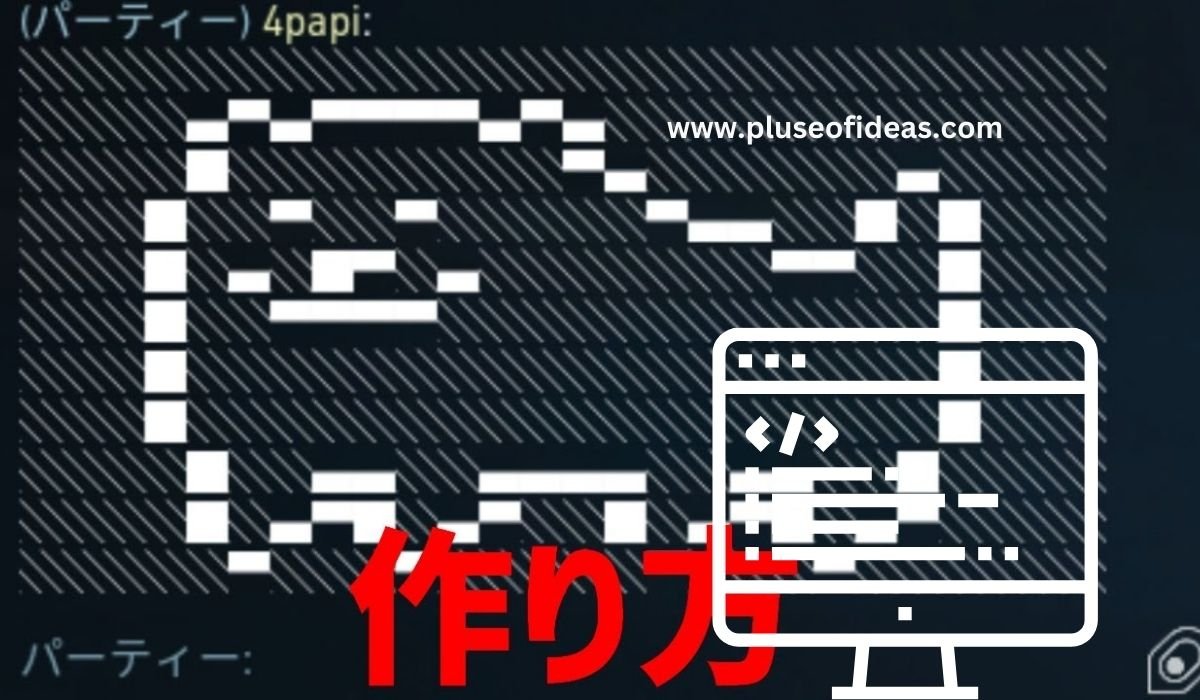Bataction bushing is of foremost value in most mechanical and engineering applications to ensure precise fitment and frictionless running. The process mainly integrates the assembly of bushings, which are cylindrical linings used in mechanisms for reducing friction, shock absorption, and wear-and-tear accompaniment between mechanical elements. Hence, if your product line is automotive parts, industrial machinery, or specialized equipment such as does a bataction need to be bushed for srp (Standard Rotary Power) systems, getting an appreciation and understanding of bushing principles and practices can really make a big difference in performance, and the lifespan of your products, as this guide describes bataction, the importance of bushing, step-by-step instructions for bushing a bataction, including expert advice and troubleshooting tips.
What is a Bataction?
Bataction refers to the movement or mechanism associated with the operation of a machine or mechanical device that is operated under rotary or linear movement. Bataction is often associated with parts requiring highly controlled motion, such as shafts, gears, and rotary devices. The use of bataction mechanisms is very pervasive in automobile industries, manufacturing sectors, and robotics fields.
The problem that mechanical engineering faces is the movement of components in a harmonious way with less friction or wear. It is at this point where bushings are applied; they allow moving parts to continue performing smoothly and hold their structure over time.
- Statistical Insight: The Mechanical Engineering Institute (MEI) 2023 reported that a successful bushing procedure can reduce up to 40% of mechanical wear. This significantly promotes the lifespan of bataction components.
Why Bushing is Important
Bushes are a part and parcel of any bataction mechanism as they can be utilized for friction reduction purposes, shock absorption, and wear resistance. The most common material of bushings is given by bronze, nylon, rubber, or composite materials, according to the specific application and requirements of the system.
Key Benefits of Bushing:
- Rizes Friction: Bushes are known to reduce friction in rotating parts and increase smooth motion with less friction without allowing metal to come into direct contact.
- Absorption of Shock and Vibration: The Bushing acts like a suspension, absorbs shock and vibration generated during operation; hence it cushions the other components from being damaged.
- Alignment and Support: It also provides proper alignment between different components as well as supports them to ensure the best possible performance, thereby minimising the chances of malfunctioning.
- Mitigation of wear and tear : Bushings are designed to undergo wear and tear, thus sparing the costlier parts that they support. When a bushing wears out, it is easier and also cheaper to replace than the entire part.
- Statistical Insight: More than 60% of the mechanical failures on rotary and linear motion systems are due to problems related to poor bushing or misalignment, the Automotive Parts Manufacturers Association reports in 2023. Thus, proper bushing is very necessary for mechanical applications.
How to Determine if Bushing is Needed

All this starts with determining whether a bushing is needed. You would examine the wear and tear, performance efficiency, and alignment of the mechanical components involved. Below are indicators to guide you on whether a bushing is needed:
Signs that Indicate Bushing is Needed:
- Increased Friction or Heat: If the machine or mechanism starts generating too much heat during its operation, then it is highly possible that the friction has increased due to worn-out or missing bushings.
- Vibration and Noise: Vibration or noise at operation point is an indication of improper layout or accidental rubbing of moving parts, which can be rectified with proper bushing.
- Loose or Wobbling Parts: Moving parts that seem loose or are wobbling indicate a lack of support and alignment and so require bushing.
General Appearance Examine the sections of visible wear from scoring, grooving, or uneven wear. The indications above suggest that there is a potential that bushings are absent or damaged.
Measurement and Evaluation
To take the measurements, one requires calipers and micrometers. If the clearance between the parts exceeds the tolerance level recommended by the manufacturer, then it means that a bushing would have to be used to re-establish the proper fit and alignment.
- Expert Tip: Always refer to the manufacturer’s specification and tolerances when you want to know if bushing is required. It means that whatever adjustment or change you make will be optimal for its performance.
Also Read More: bahremanico
Types of Bushings for Bataction
Selection of the appropriate type of bushing is of utmost importance to achieve effective and long-term service of the mechanical system. Bushings are made in various types and materials adapted to specific applications and operating conditions. The principal types of bushings are the following:
Plain Bushings
The most common form of bushing application in mechanical systems is the plain bushings, or sleeve bearings. They provide a sleeve type for rotating parts like shafts and have traditionally been made from such materials as bronze, steel, or polymer.
- Best Used For: Applications involving relatively low speeds and loads, such as conveyor systems and small machinery.
Flanged Bushings
With a flange at one end, thrust bushings prevent axial motion and locate the bushing in place. Flanged type thrust bushings are ideal where axial balance and load distribution must be precise.
- Best Used For: High loaded application where thrust bearings are used in industrial machinery and automotive suspension systems.
Thrust Bushings
Thurst bushings are designed in such a way that it resists axial movement of the component while carrying axial loads. They are widely used in applications where the force direction is across the axis of rotation.
- Best For: Automotive transmissions, gear assemblies, and thrust washers.
Spherical Bushings
Spherical bushings can withstand angular misalignment and are used where the movement is multiaxis. It is used for suspension systems and heavy machinery.
- Best Used For: Heavy-duty use, including construction equipment and off-road vehicles.
Insulated Bushings
Insulated bushings are made of materials that provide electrical insulation so that electrical conductivity between the parts is not allowed. They are used in electrical systems and high-voltage applications.
- Best Applications for: Electrical systems, transformers, and insulators.
Comparison of Different Types of Bushings for Bataction
| Bushing Type | Material | Best Applications | Load Capacity | Speed Compatibility |
|---|---|---|---|---|
| Plain Bushings | Bronze, Steel, Nylon | Low-speed, low-load machinery | Medium | Low to medium speed |
| Flanged Bushings | Bronze, Steel | High-load, axial alignment | High | Medium to high speed |
| Thrust Bushings | Bronze, Composite | Axial load handling | High | Medium speed |
| Spherical Bushings | Bronze, Steel | Multi-directional movement | Very High | Low to medium speed |
| Insulated Bushings | Composite, Ceramic | Electrical systems, high-voltage equipment | Low | Low speed |
Steps to Bush a Bataction for SRP

Some precise operations are required for SRP bataction bushing to ensure proper alignment of the components and also to maintain an optimum working condition of the bushing. Carry out the following steps for a perfect bushing process:
Step 1: Gather the Necessary Tools and Materials
Collect all the required tools before starting the process, which are as follows:
- Calipers and Micrometers for an accurate measure
- Bushing installation tool or a press
- Lubricants and sealants
- Protective gears like gloves and safety goggles
Step 2: Disassemble the Component
Dismantle the component with utmost care and ascertain all components along with their exact positions are encountered. Take away used bushings, if there are any, by using an extractor or correct removing tool.
Step 3: Clean and Inspect the Components
Clean the component of debris, dirt, and other old lubricants so that all contaminating factors are taken off. Have a good look at the surface and check for any possible damage or wear that can affect the bushing installation.
Step 4: Measure and Select the Bushing
Measure the diameter and length of the housing and shaft and determine the bushing size in order. Select a bushing of these sizes, and the load required of the system.
Step 5: Install the Bushing
Install the bushing inside the housing properly. Position it to avoid misalignment. Use the bushing installation tool or press to place the bushing, and work your way with an even pressure to prevent bending.
Step 6: Lubricate and Reassemble
Apply suitable lubricant to the bushing and associated parts beside the part to reduce friction at operation. Re-assemble the part ensuring that each and every part is well aligned to assure their proper fixing in place.
Step 7: Test the Assembly
Test the part after assembly to check if the bushing has performed well. Check for smooth movement with the right alignment with no strangeness in terms of noise or vibration.
Common Mistakes to Avoid
Bashing a bataction always requires a clear way of steering off common mistakes that can weaken performance and generally shortening the lifespan of a system. Some of these pitfalls include;
- Incorrect Bushing Size: If the bushing you use does not exactly match the specifications of either the housing or shaft, it can cause bad fitment, and this will eventually misalign and increase wear.
- Lubrication: if the bushing is not adequately lubricated, friction will become too high; it will overheat, and thus the component might fail before time.
- Over-Pressurizing When Installing: when more pressure is exerted on the bushing during installation, it will deform and eventually affect its performance and its performance period.
- Omission of Cleaning Process: some people detest cleaning the component before installation. The components may become contaminated and affect the good performance of the bushing.
Expert Tips for Successful Bushing
Always Use Precision Tools
For measuring clearances, use high-precision instruments, such as calipers and micrometers to achieve precise fit.
Choose the Right Material
Material Selection Bushings must have suitable materials for the application’s load, speed, and environmental conditions.
Maintain Proper Alignment
Alignment When it is installed, the bushing must be accurately aligned. Misalignment at time of installation will cause misalignment problems, which can lead to undue wear.
Use High-Quality Lubricants
Lubrication Use high-quality lubricants that are recommended by the manufacturer for enhancing performance while reducing friction.
Tools Needed for Bushing a Bataction
The following tools are necessary to the fact that the process goes well.
- Installation tool or press of bushing
- Calipers and micrometers
- Extractor for the bushing
- Lubricants and sealants
- Protective gear
Maintenance Tips for Bushed Batactions
Regular maintenance will be what causes the longevity and efficiency of the bushed batactions. The following should be considered for proper maintenance:
- General Lubrication: lubricate regularly to dampen friction and avoid wearing.
- Inspection for Wear and Tear: Regularly inspect the bushing and all its sub-components for worn-out parts.
- Tightening and Alignment Check: Ensure there are no loose parts, and well-aligned to ensure that it does not move too much.
Troubleshooting Common Issues
Should a problem occur with a bushed bataction, one can troubleshoot by the following:
- Issue: Vibrates and Makes Too Much Noise
- Action: Ensure proper alignment, and there is wear in the bushings. Replace as necessary.
- Issue: Excessive Heating
- Solution: Proper lubrication, and for extreme applications, the bushing should be made of a material that can withstand high temperatures.
Applications in Real Life
The applications in real life of bushed batactions are as follows:
The main use of this assembly is for automobile suspension systems, heavy machinery, and industrial equipment. Proper bushing plays a vital role in the smooth function and durability of each of these applications.
Bush a bataction is that crucial process that ensures the utmost smooth and long-extended operations of mechanical systems. You can therefore, with the appropriate type of bushing to use, precision tools, and best practices greatly enhance the performance and reliability of your equipment. This guide will be your reference in learning the process for producing successful results in your future bataction bushing projects.
FAQs
What is a bataction?
The bataction is the movement or mechanism within a machine that makes for coordinated linear or rotary motion between parts. It is most often used in systems that need precise movement and alignment.
Why is bushing important for bataction mechanisms?
Bushing reduces friction, dampens shock, and minimizes wear between the moving parts thereby ensuring smooth running and prolonging the life of the mechanism.
How can I tell if bushing is needed for a bataction?
Bushing must be installed in any bataction when friction or heat is increased, vibration or noise is unusual, components show visible wear, or parts are loose and wobble.
What types of bushings are commonly used for bataction?
The most common types of bushings use include plain bushing, flanged bushings, thrust bushing, spherical bushing and insulated bushing. Each one is suited to different applications and load requirements.
What tools are needed to bush a bataction?
The common tools that are used during the process of bushing a bataction include a bushing installation tool or press, calipers, micrometers, bushing extractors, lubricants, and other protective gear.
What are the common mistakes to avoid during bushing installation?
Among the common mistakes that occur during installation are the installation of the wrong-size bushing, improper lubrication, over-pressurizing while installing, and failure to clean before the actual installation.
How do I maintain a bushed bataction?
Regular lubrication, periodic inspection of wear and tear, and alignment checks should be performed regularly to ensure good performance and long life in a bushed bataction.
What should I do if I encounter excessive noise or vibration in a bushed bataction?
While excessive noise and/or vibration is normally due to misalignment or worn bushings, inspect the system for such causes and replace the bushings when necessary.
Can I use any lubricant for bushing a bataction?
With this in mind, using only the high-quality lubricants supplied by the manufacturer for this bushing is an important aspect to ensure compatibility and high performance.
How do I choose the right type of bushing for my application?
The type of bushing will depend on load capacity, speed compatibility, and environmental conditions specific to your application.
Also Read More: Uncover Magdalenavuk15

